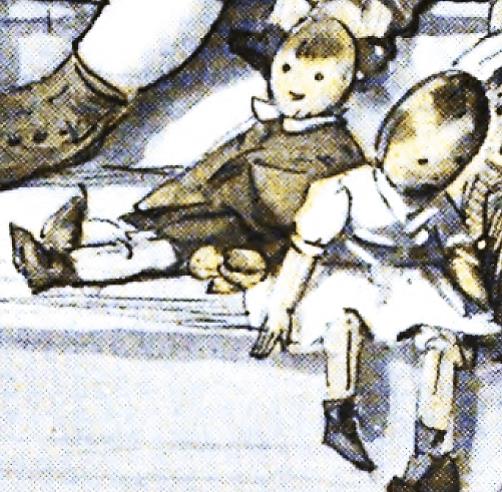 Peter and Polly Series
Peter and Polly
Peter and Polly Series
Peter and Polly


 Peter and Polly Series
Peter and Polly
Peter and Polly Series
Peter and Polly

Study the lesson for one week.
Over the week:
Why do we get sick?
Facts about sickness:
Activity 1: Narrate the Story
Activity 2: Bacteria - They're Everywhere!
Objective:
Reinforce the concept that friendly bacteria grow inside and outside of our bodies.
Materials:
Pencil, crayons or markers, and paper.
Procedure:
